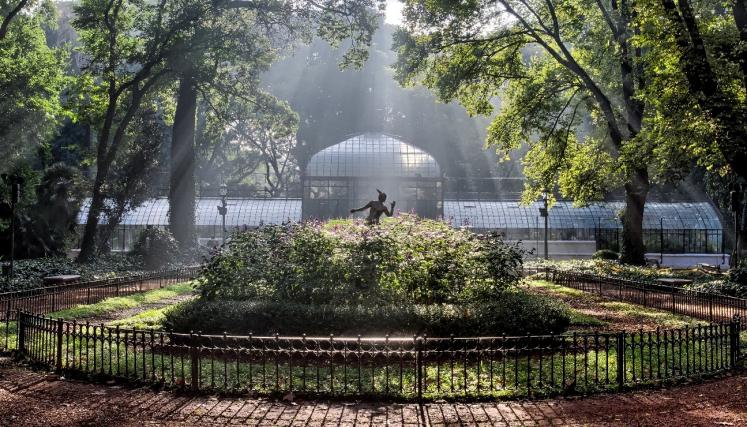In the heart of Barcelona, a city rich in history and botanical culture, is the Historic Botanical Garden of Barcelona. This green treasure is a haven of beauty, science and conservation, which has been a point of reference for nature and botany lovers for decades.
It is a living and evolving jewel, which is why it is more than just a garden. It is a living museum where science, art, history and the spirit of times past intertwine.
Despite its rich heritage, the garden continues to evolve, always in search of water and light and today it is a unique climatic refuge in the city.
Visiting this corner of Barcelona is a reminder of the importance of preserving natural beauty and botanical knowledge, and an opportunity to explore the history that grows in every corner of the city.
The origin of the Historic Botanical Garden
The Historical Botanical Garden of Barcelona dates back to 1930, when the Catalan botanist Pius Font i Quer realized his vision of a botanical garden in the city. However, its official opening did not take place until July 1941.
Over the years, it has continued to be a beacon of botanical knowledge thanks to the efforts of notable botanists such as Antoni de Bolòs and Eugeni Sierra i Ràfols.
A fascinating feature of the garden is its location in the old Foixarda stone quarries on Montjuïc, chosen by Font i Quer for its spectacular setting.
Over the years, the garden has undergone changes, including an interruption in the 1990s due to the construction of a staircase giving access to the sports venue for the 1992 Olympic Games. However, since its reopening in 2003, it has continued to be a unique corner.
A climatic and heritage refuge
The unique topography of the garden, located in two former quarry hollows, the Sot de l’Estany and the Sot de la Masia, creates a microclimate that is cooler and wetter than other parts of the city. This allows the growth of species that would otherwise have difficulty in the surrounding urban environment.
The Historic Botanical Garden houses an impressive collection of arboreal giants dating back to before its transformation into a scientific institution.
Among these giants are the American red ash, narrow-leaf ash, and Rehder’s winged walnut, all over 100 feet tall. These trees, which have not been subjected to severe pruning, grow in their natural form, making them exceptional specimens.
It is also home to other botanical wonders such as a septuagenarian ginkgo and an imposing false plane tree. A small pond surrounded by vegetation is fed by a stream that flows through a waterfall.

